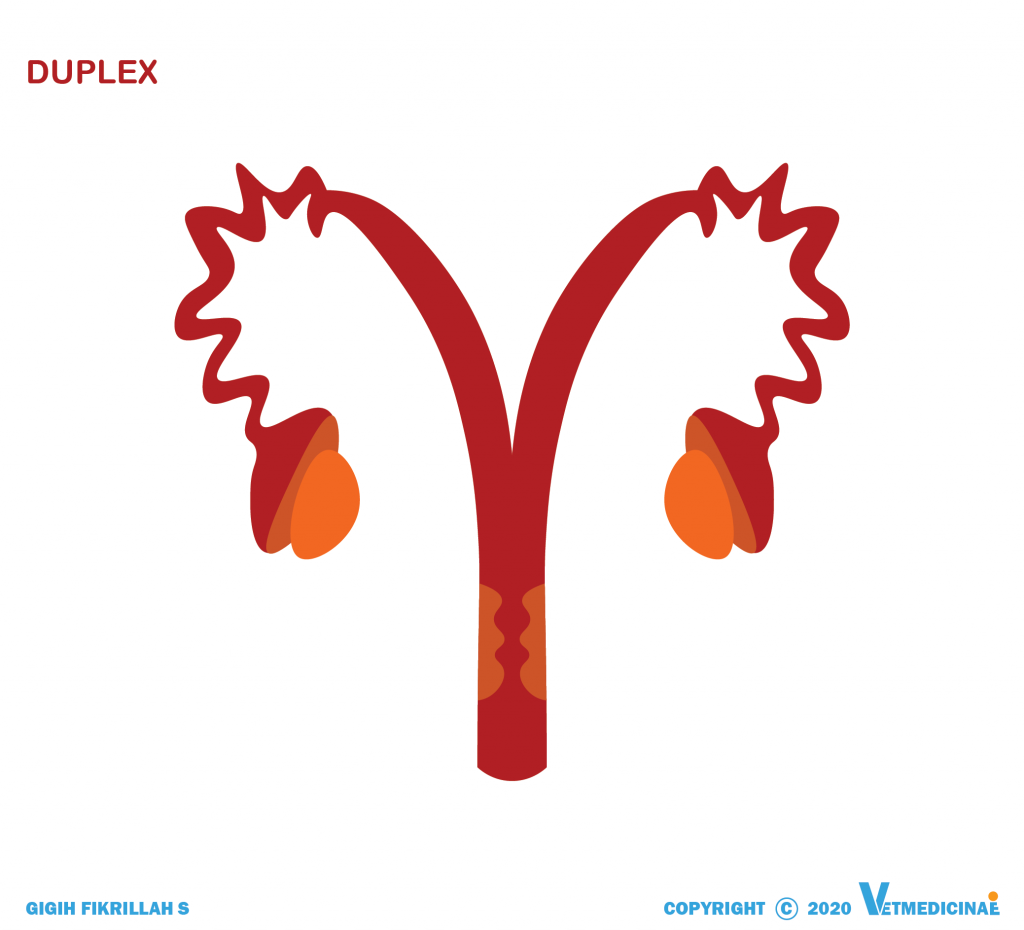
The male tortoises have a simple penis that is folded in two in the cloaca, inside the tail, reason why the tail of the males is thicker and longer than the females’. The water slowly passes through it, which allows to collect the oxygen and take it to the lungs. In some sea turtles, the cloaca retains the ability to exchange gas, in other words, to breathe. Viviparous lizard (Zootoca vivipara) showing its hemipenis. The ends can be smooth or have spikes or structures to ensure grip to the female’s cloaca. In spite of being double, during intercourse they only introduce one of the parts into the female, although they can do it alternately. It is kept inside the tail and exits to the outside during intercourse thanks to the erectile tissues. Scaled reptiles (Squamata order), as lizards and snakes have the penis divided into two: this is known as hemipenis.
#A platypus penis skin
In the case of the oviparous species Boulengerula taitana, the larvae feed on the mother’s skin allowing them to grow 10 times their size in a week.

During their stay inside the mother, they feed on oviduct cells, which they scrape with their special teeth. In some ovoviviparous species the offspring are born metamorphosed, in others as larvae. Photo used under permission by: Danté Fenolio In oviparous species (25%) the eggs are kept by the mother, the rest of species are ovoviviparous (75%). This is possible thanks to a pseudo-phallus ( phallodeum) that have the males, which they insert in the cloaca of the female for two or three hours. Photo: PlaceuvmĪpoda or caecilians are amphibians without legs with internal fertilization, but unlike in anura, internal insemination occurs. Salamander spermatophores (Ambystoma sp.). The female lays the fertilized eggs one by one beating them in aquatic plants, except in some species of salamander, in which the female retains them and they are born live larvae (ovovivivarism). The female walks over one of them, collects it with the lips of the cloaca and places them in the spermatheca, a cavity where the sperm wait for the eggs to pass through the cloaca to make them fertilize. The male is placed in front of the female and releases sperm packages ( spermatophores) containing the sperm. Photo: MokeleĪlmost all urodela (amphibians with tail, such as salamanders and newts) have internal fertilization. The male frogs of the genus Ascaphus have a false tail that is nothing but an extension of the cloaca.

The eggs are joined by a gelatinous mass that takes different forms depending on the species. The contractions of the female when expelling the eggs stimulate the male to spray them of sperm in the same moment that they are expelled. The male, who is smaller than the female, grips the female firmly. The anurans (amphibians without tail, such as frogs) have external reproduction and mating occurs usually in the water. ĭo not miss the successful post about amphibious sperm thieves.

Larvae of amphibians are characterized by a great transformation known as metamorphosis. All amphibians possess cloaca, as well as reptiles, birds and some fish (sharks and rays) and mammals. After the first post on the genitals of birds and fish, we close chapter on the curiosities of the penises, vaginas and other reproductive organs of amphibians, reptiles and mammals.Īs we saw in a previous post, the cloaca is the hole where the digestive, reproductive and excretory systems converge.


 0 kommentar(er)
0 kommentar(er)
